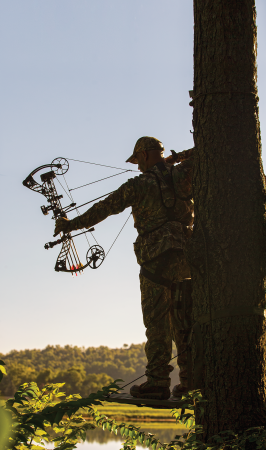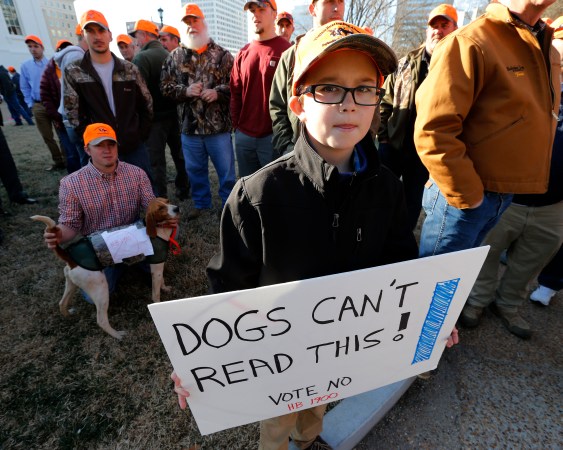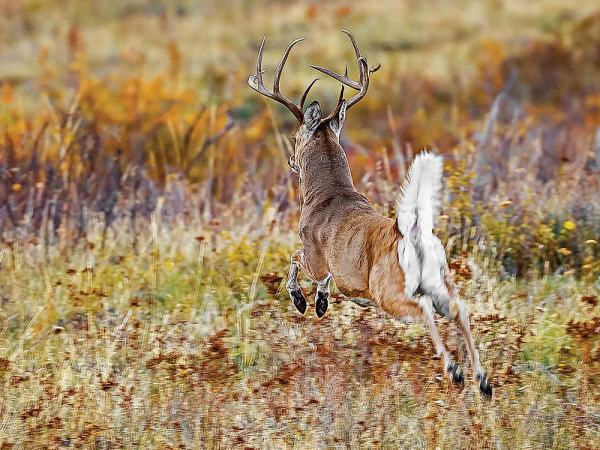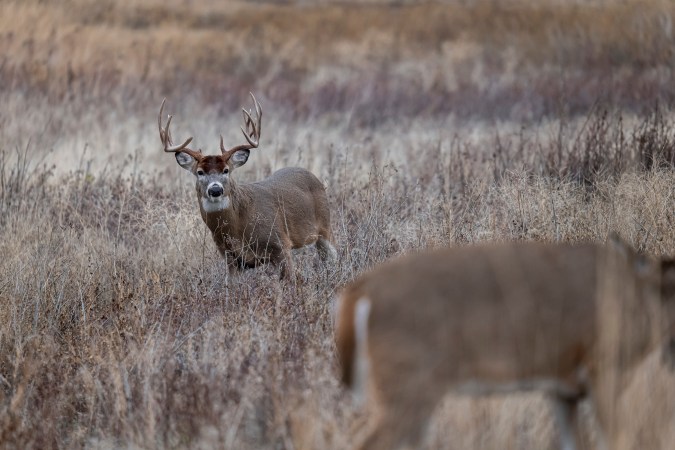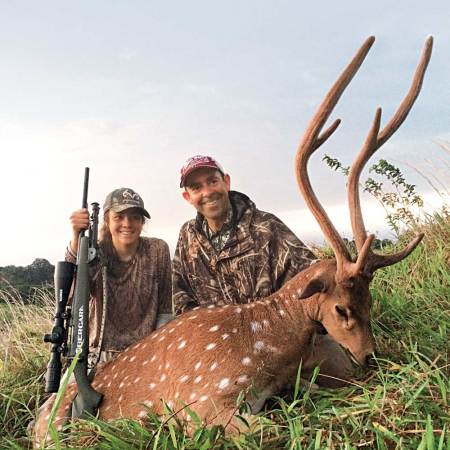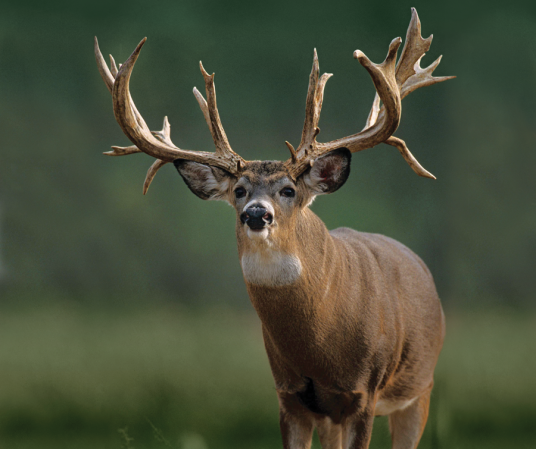Hunting big whitetails on private land that you carefully manage is one of the most rewarding endeavors in North American hunting. And there’s a ton of literature out there on how to “grow” deer. No matter what your management goals may be (grow trophy bucks or just have lots of deer to hunt) these 10 building blocks of whitetail management will get you started.
1) All Deer Management is Local

You may believe that your state manages the deer you hunt, but nothing could be farther from the truth. You manage your deer and your deer hunting. The state allows you hunting privileges but you are the one who decides how many does to take or what age bucks you want. Every time you pull the trigger you are making a deer management decision. States manage deer at the macro level (hundreds of thousands of acres at a time). You are the one who is managing the deer and deer hunting on the back 40, or back 400, or even 4,000 acres.
2) Balance Habitat with Deer Numbers
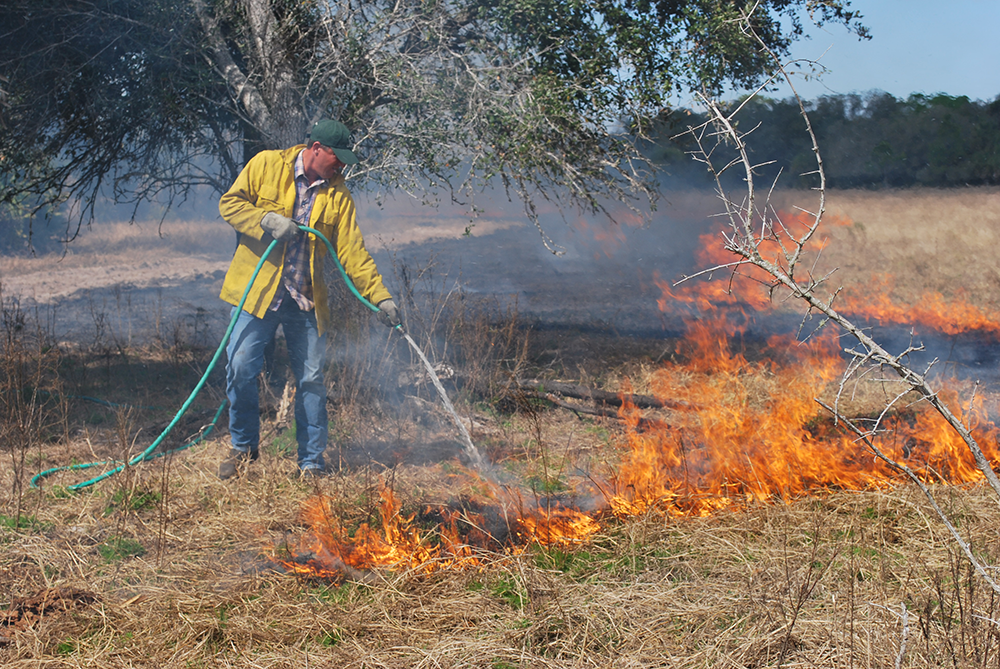
The number one tenet of sound deer management is balance: balancing deer numbers with the habitat that supports them. Having too many deer is just as real a problem as too few deer. Put too many deer on a piece of property and the food will eventually be eliminated. Deer are eating machines that will eat themselves out of house and home, and health. Holding too many deer means an unhealthy herd, it means smaller bucks and fewer fawns, it can mean starvation and death in the winter. Overpopulation eventually leads to declining deer numbers and population crashes.
3) Take Deer Numbers Down or Your Habitat Up

You have two ways to balance your herd with its habitat, you can either increase the quantity and quality of habitat or you can reduce your deer numbers. Taking roughly 25-30% of the does out of the herd will allow you to stabilize the numbers (assuming you have average population dynamics). Harvesting no does will allow your deer numbers to explode. The alternative to taking your deer numbers down is taking your habitat (basically food) up. We have very high deer numbers on our property but we have excellent habitat. For 25 years we have been improving the holding capacity of our property by improving habitat. We crush brush, topple trees and plant food. Our habitat shows no sign of over use by deer. Our woodlands produce hundreds of pounds of food per acre and our food plots and our brush produce tons. Our neighbors have no food and they have no deer, it’s that simple.
4) You Can’t Stockpile Bucks
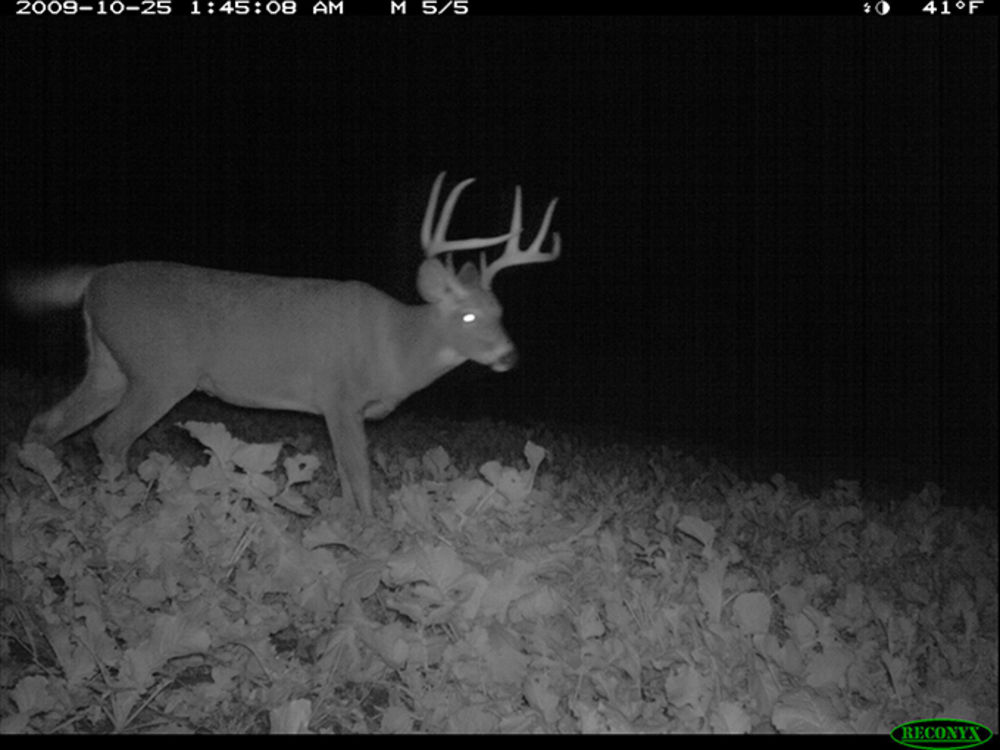
Let’s face it, most of us would rather shoot a buck than a doe, and a big buck is what we are really after. A mature buck is 100 pounds heavier and sports 50-100 extra inches of antler than his younger brothers. We pass up shooting the little guys in hopes of having more big bucks to hunt, and it works, within reason. So here’s the reason: older bucks disappear with with time because of hunting, dispersal, disease, social stress, and cars. Unless you are hunting behind a fence, you had better get used to seeing a mature buck every so often, not every time out. A good rule of thumb on a good property is one mature buck for every 250 acres, a very well-managed property can be pushed to one mature buck for every 100 acres (maybe). But even a well-managed property will have far more yearling bucks (45-50%) than 4+ year old (15%). My son and I hunt and manage 500 acres of pretty good deer country, and we’ve been passing young bucks for over 25 years. We typically have 3-4 mature bucks using our place every hunting season, but we are a long way from having a mature buck behind every tree, you just can’t stockpile bucks.
5) Set a Better Table Than Your Neighbor

Most hunting property owners are competing with their neighbors for deer. And if all the deer in the area are on your neighbor’s property, you won’t be having much fun. The key to having a good hunting property is setting the best table in the neighborhood. This means more quality food and better cover. Our neighbors aren’t necessarily our biggest fans. More than once we have heard stories about “those damn Dougherty’s having all the deer,” and it’s true, we do, especially as the season wears on. But we work all season long creating food and cover while the neighbors are golfing or going fishing. More on that here
6) Care About Cover

Food might be king but cover is a close second. Deer depend on cover for all kinds of important stuff. They eat it, they sleep in it, they stay warm in it and they have fawns in it. They head for cover when hunting pressure ramps up. If you want to have lots of deer, you need to have lots of cover. We spend almost as much time creating cover for our deer as we do creating food. The deer in our area head for our property when the season opens. The neighbors go days without seeing a deer, we see them almost all day long. Cover and food is like peas and carrots, they just go together.
7) Predators Count

Predation has become a serious part of the deer management equation. Predators gobble up fawns and they do it on a regular basis. A fawn is most vulnerable to predation during the first two weeks of its life, after that they can do a reasonable job of avoiding being gobbled up by a black bear, or a coyote, or a bobcat, the major predators being bears and coyotes. Studies have shown that each to take their share of young deer. Studies have also shown that controlling predator numbers can have a positive effect on deer populations. That said, it’s hard to keep predator numbers down, on a consistent basis. You can thin them out for a while but eventually they work their way back to your property. Knowing this, it’s best to thin coyotes before the fawning season. It’s important to remember that you aren’t the only one taking deer out of the herd.
8) Your Neighbors Matter

Unless you are managing thousands of acres of habitat, your neighbors definitely have an impact on the deer you hunt. You may be letting young bucks walk but if your neighbors aren’t, you’ll wait a whole lot longer to start seeing the shooters you have been waiting for. If your neighbors are taking more does than the population can bare, your deer numbers will go down. If your neighbors don’t believe in shooting does, it may be difficult to keep your deer from eating themselves out of house and home. If your neighbors plant acres and acres of deer food, or have an aggressive feeding program in place, you may be seeing fewer deer than you should.
9) Count Your Fawns

Counting fawns is a critical part of any deer management program. You have to know how many fawns entered the herd before you can decide how many deer to take out. The time to count fawns is in the late summer to early fall when they have become part of the adult herd. By early fall, a buck fawn has lost his spots and is 70% the size of an adult (you can still tell him apart from a doe). Savvy deer managers compute the fawn recruitment index which is basically the ratio of fawns to does in the herd. Not every doe will drop a fawn, but some will drop two. An index of one fawn for every doe is a pretty safe number. This means a fresh supply of fawns are being added each and every year the index reads somewhere around 1. With an index of 1.0 you can take 25-30% of the does out of the herd each fall without changing the herd size appreciably. With a recruitment index of .2 or .3 you might want to back off on the doe harvest. An index of 1.7 or 1.8 to 2.0 is high and your herd numbers will be increasing dramatically unless you take your doe numbers down. Read more about how to calculate the fawn recruitment index. Too many deer is just as big a problem as too few deer, in fact, most experienced deer managers would rather have too few than too many. The best way to count fawns is with a whole bunch of trail cameras and a few late-summer evenings glassing fields.
10) Tread Gently

When it comes to managing a property, how you hunt is just as important as what you hunt. It’s nice to talk about how many does to take or passing up young bucks, but also think about how you hunt in regards to property management. Sloppy hunting can turn an otherwise great property into a deer-less wasteland in a matter of days. You can’t be ramming all over the place on 4 wheelers or chasing your deer all over the county. You can’t over-hunt your stands or stink up the woods, a big buck just won’t stick around under these conditions. Most hunters know the importance of setting up quietly and hunting down wind, but too many ignore the effects of multiple days of hunting in a row or the number of boots that have been on the ground. A day or two of rest can do wonders for your deer management program. More on that here.


